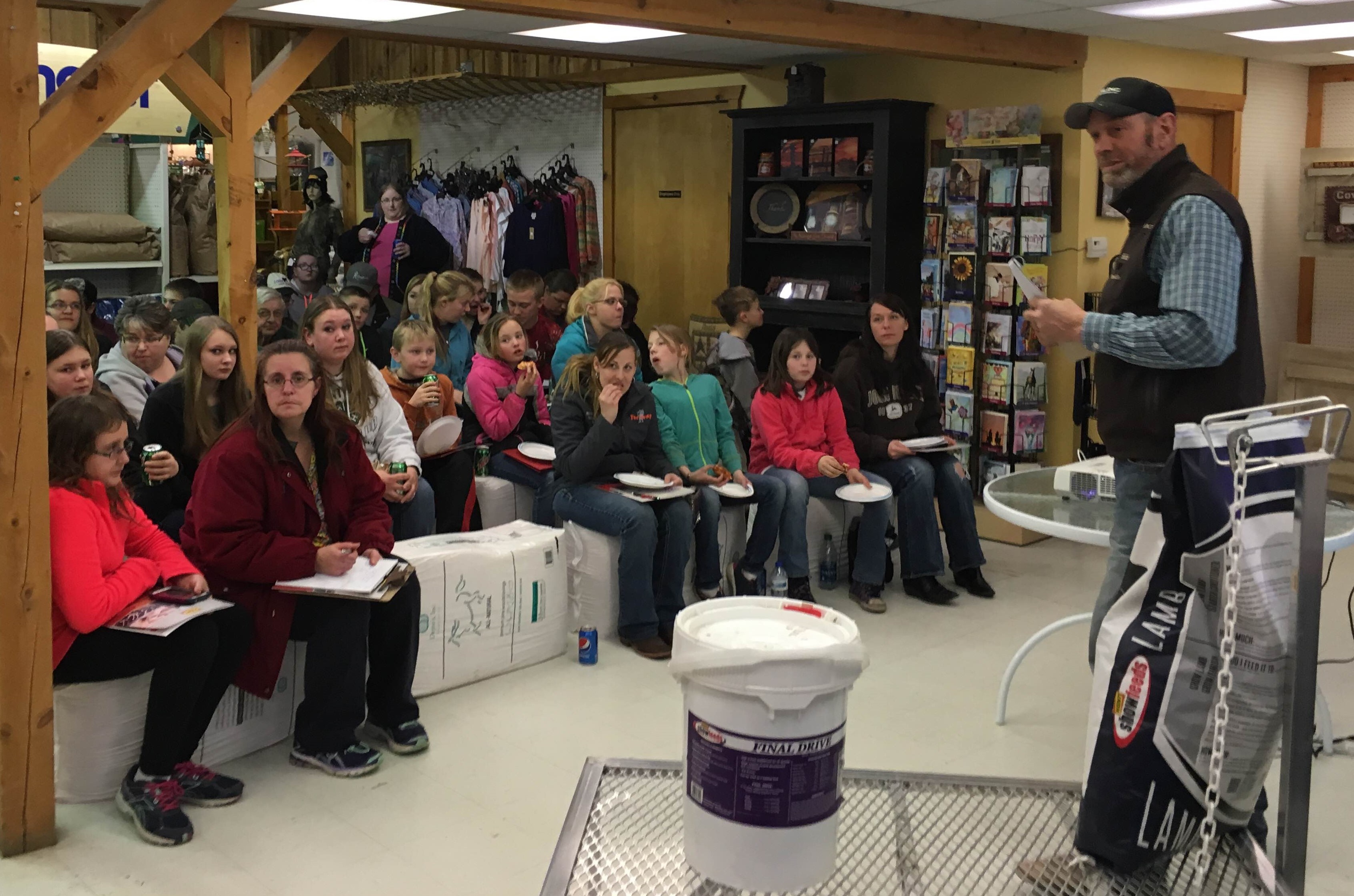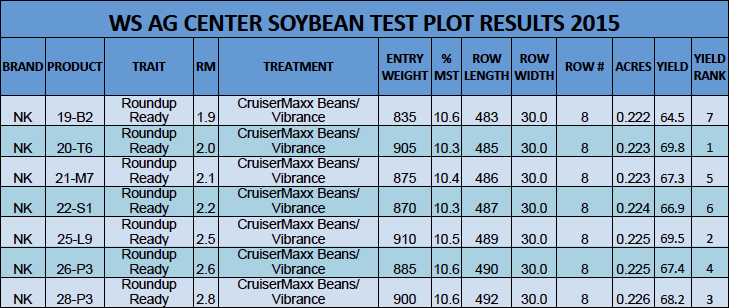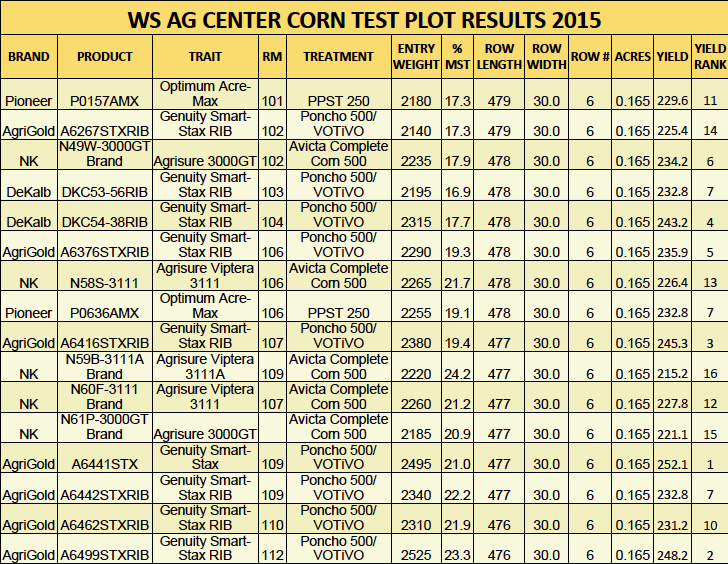The terms Precision Ag, GPS, or New Technology can sometimes be scary to producers, especially if they have dabbled in this area previously only to experience breakdowns, delays, or just plain confusion on how to operate the equipment. Producers shouldn’t feel alone in their concerns, as sometimes the most intelligent and experienced technicians get stumped figuring out why all this “precision” sometimes doesn’t work the way it’s supposed to. Even though I haven’t found a perfect system that works seamlessly for every application, I have seen through my work as an agronomist that the customers who utilize technology are often the customers that see the best returns from their crop inputs. In fact, the reason I turned my focus toward Precision Ag sales and support was because I realized the greatest value for my customers was in using new technology to better manage their farm operations.
So how does using this technology create profit? Simply put, technology helps us place the right crop inputs at the right spot, at the right quantity, and at the right time. In conventional farming, operators generally over-apply inputs 75% of the time and under-apply 25% of the time. By using information obtained by soil sampling, yield monitoring, GPS mapping, and running specialized crop sensors, we can much more accurately determine a field’s needs on an acre by acre basis. As we become more accurate with deciding how much inputs we need for each particular GPS location, we will inevitably reduce costs and increase yield.
Let’s look at one example. In conventional farming, a producer puts a flat rate of 9-23-30 fertilizer at 200 pounds per acre for a cost of $45 per acre. If soil fertility levels show that he’s over applying an average of 10% on 75% of the acres, and under-applying an average of 10% on 25% of his acres, on a 1000 acres that producer would have spent $2250 over what was needed. In the areas that were under-applied and deficient that producer could very likely see a 20% yield drag, which at $3.00 corn on fields that average 170 bushel, this yield loss would be $25,500. The extra cost to implement grid sampling and variable rate spreading (vs flat rate) on 1000 acres would be $11,000, which would be a gross return of $16,750 the first year, or $16.75 per acre. The following years he would potentially benefit by $25.75 per acre.
The above scenario just covers one input. If you apply similar figures to seed, nitrogen, chemicals, and tillage, a producer can see very significant gains in both savings and increased yield. Several state universities have calculators to help producers determine the returns on using precision ag based on the size of their operation and their current management style. We at WS AG Center can help with your Precision Ag needs, whether it’s helping with aftermarket hardware, or managing data, or making prescription maps, or custom applying variable rate recommendations. We have the experience and capabilities to help you successfully implement Precision Ag in your production.




